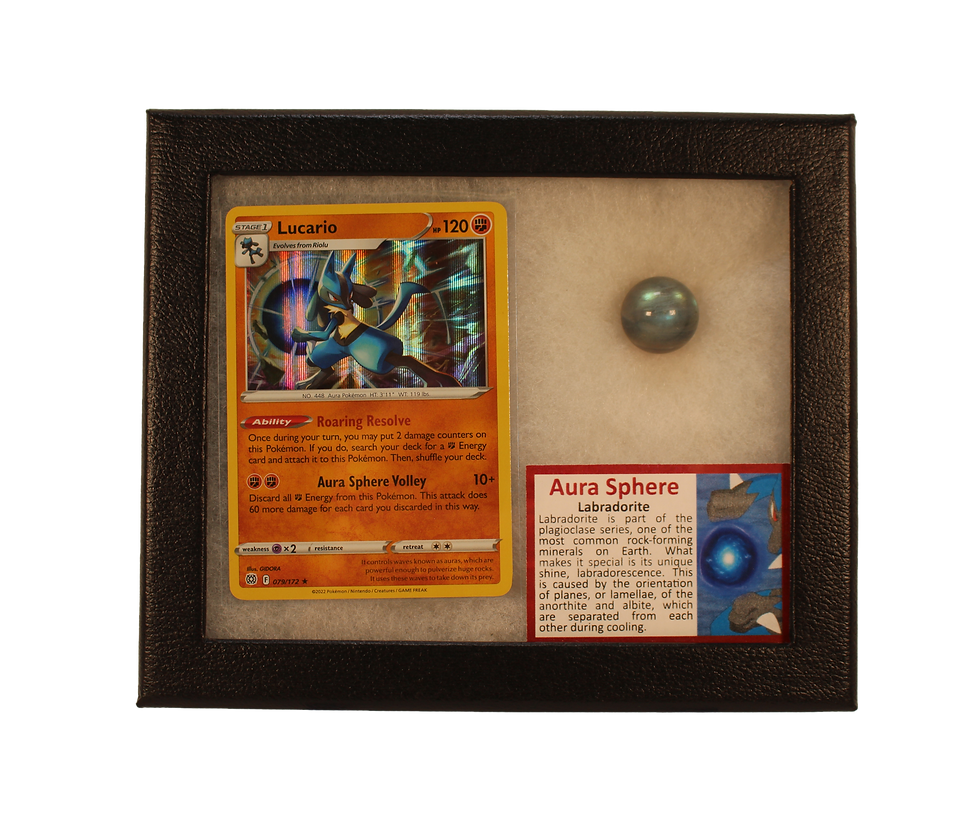Authenticity guaranteed! - Ships next business day!
Chelyabinsk Meteorite
- Fell in Russia on February 15, 2013
- LL5 Chondrite Type
- Great for schools, teaching, presentations and gifts
- Box measure 6" x 8" x 1"
- Each frame of artifacts is unique but will be equal to the one displayed
* The Chelyabink Meteorite *
The Chelyabinsk meteor was a superbolide that entered Earth's atmosphere over Russia on 15 February 2013 at about 09:20 YEKT. It was caused by an approximately 20 m near-Earth asteroid with a speed relative to Earth of 19.16 ± 0.15 kilometres per second. It quickly became a brilliant superbolide meteor over the southern Ural region. The light from the meteor was brighter than the Sun, visible up to 100 km away. It was observed over a wide area of the region and in neighbouring republics. Some eyewitnesses also felt intense heat from the fireball.
The meteor and meteorite are named after Chelyabinsk Oblast, over which the meteor exploded. An initial proposal was to name the meteorite after Lake Chebarkul, where one of its major fragments impacted and made a 6-metre-wide hole in the frozen lake surface.
* What is a Meteorite? *
A meteorite is a solid piece of debris from an object, such as a comet, asteroid, or meteoroid, that originates in outer space and survives its passage through the atmosphere to reach the surface of a planet or moon. When the original object enters the atmosphere, various factors such as friction, pressure, and chemical interactions with the atmospheric gases cause it to heat up and radiate energy. It then becomes a meteor and forms a fireball, also known as a shooting star or falling star; astronomers call the brightest examples "bolides". Once it settles on the larger body's surface, the meteor becomes a meteorite. Meteorites vary greatly in size. For geologists, a bolide is a meteorite large enough to create an impact crater.
Chelyabinsk Meteorite
-
-Limited Lifetime Authenticity Guarantee-
The Smoky Mountain Relic Room stands behind the items we sell with a limited lifetime guarantee. We will exchange any item for store credit if the item sold is found by a certified authenticator not to be the authentic artifact, fossil, meteorite, or mineral that we advertised it as being. A letter, specific to the artifact, fossil, meteorite, or mineral in question, from a certified authenticator (in the business under the occupation-specific to the item in question), must be brought in with the item for the return to be acceptable. This guarantee is for the lifetime of the initial purchaser only. See the Relic Room Manager, downstairs inside Smoky Mountain Knife Works, for more information. Original receipt required for exchanges.
-



















